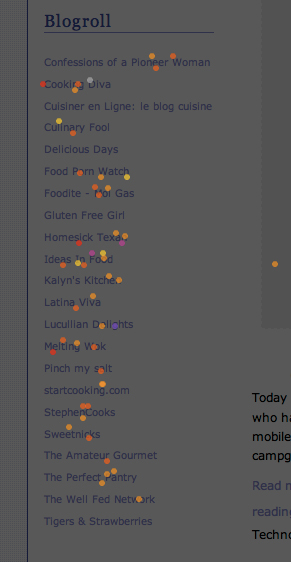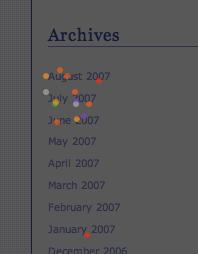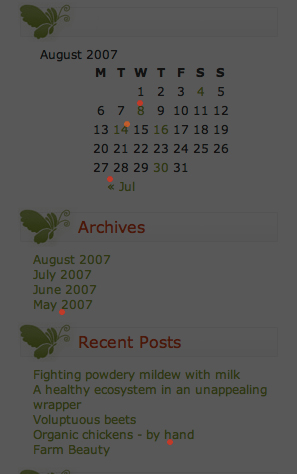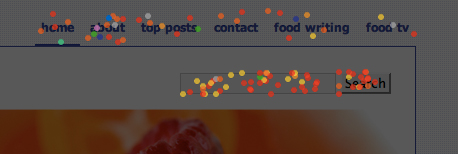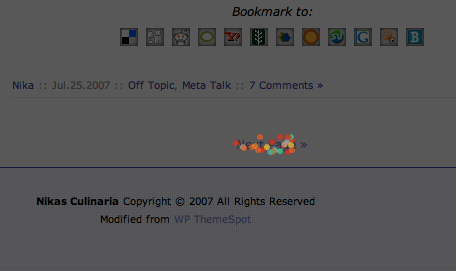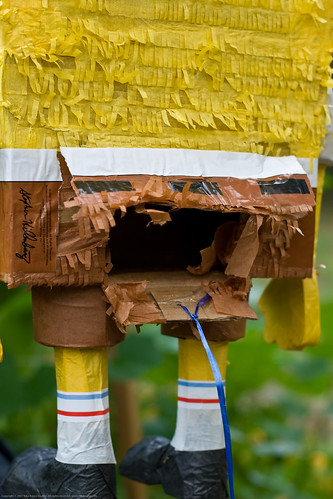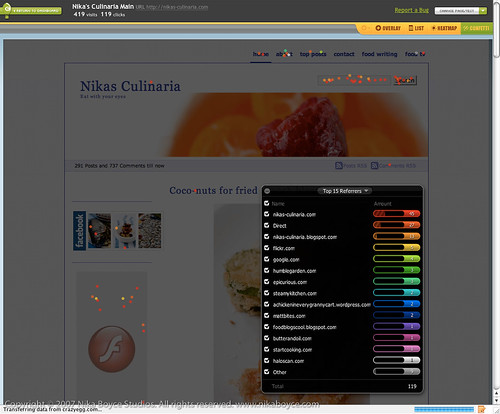I've mentioned the subject of a testbed before, briefly, but this might be a good time to raise it again. Some members will be very familiar with this technique, but others will not have thought of it. Don't be scared - this is very easy to do and will make your blogging life much easier.
For most bloggers, preparing a post is a bit of a hit-and-miss affair. You lay out your text and photos, review (usually in some sort of preview mode) and hit the "publish" button. If you are lucky, it looks OK. But often there are layout issues that you have to fix afterwards and re-publish. If you have modified your template to make your page a non-standard width, things can get really bad because the preview may not map even closely onto the final product (the system may assume standard width). Google Blogger suffers from this problem.
The solution to this problem is a testbed. This is a device where you can try out ideas before you put them into practice. So, how to create one?
Simply build a parallel blog to your production version. Set it up with the same parameters as the real thing and copy across any customised template you've created for your blog. For added security, give it a name that nobody would search for and would not show up easily in any list. Try something like "nP56w7mytestbed".
Then make the testbed invisible. Remove any metadata you've added to your html code for identification and any code used by statistics monitors. Now, most importantly, go through all the setting options that your host offers and privatise the testbed blog. In Blogger, for instance, you want to:
Not add blog to the listings (Basic)
Not send pings (Publishing)
Disallow comments (Comments)
Disable blog feeds (Site Feed) - the most important one of all!!!
Restrict readership to yourself (Permissions)
The latter is not strictly necessary if you've removed the metacode, obscured the name, declined listing, removed pings and stopped the feeds. This reduces the chance of anyone ever finding your testbed to about the level of a DNA match. If you do "privatise" access you will pay the penalty of password entry each time you access your testbed from a new account of with a different browser. Your choice.
I can't emphasis enough the importance of turning off the site feeds. These are the source of almost all links to your website. Many people will be checking your blog not directly, but through a feed aggregator such as Google Reader. If you leave the feeds on, they may see your multiple publishing drafts.
Finally, deselect your testbed under your profile page, if your blog host has one. That way each time someone clicks on your name hyperlink they won't see a reference to your testbed as well as to your real blog.
All done? That really only takes about half an hour at most. Now you can compose posts in your testbed and publish them at each stage of drafting. Looking at the final product (as only you will be able to do) you will see exactly how your piece will look when finally published.
When you are happy, cut and paste the html code into your real blog. Be careful here to do this in html mode. If you are in a "wysiwyg" mode ("compose" in Blogger) you may lose hyperlinks, etc. Add a title and hit "publish". Results guaranteed every time. Obviously your host won't be over-happy about this as they are providing the resources without gaining any benefits. But no-one has complained yet. I've been doing this for ages and it really works.
This Post was written by
Trig from
Aidan Brooks: Trainee Chef

